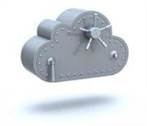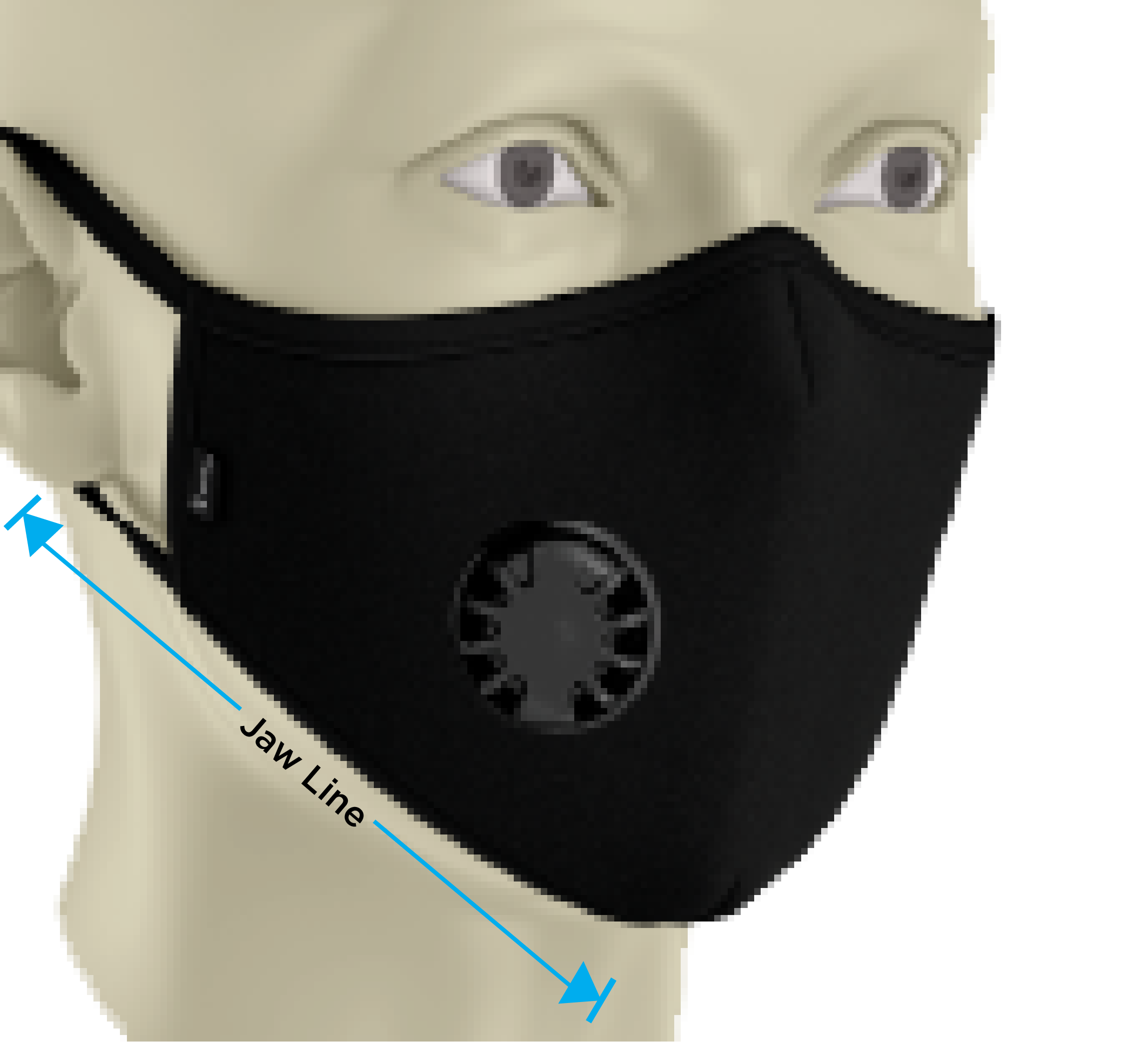They are designed to perform specific tasks like controlling, communicating, and monitoring devices with their memory strains. Despite being an important part of embedded systems, software applications have their limitation such as limited memory and a short time frame to respond to input and the given output. Unlike standard computers that generally use an operating systems such as macOS, Windows or Linux, embedded software may use no operating system. When they do use one, a wide variety of operating systems can be chosen from, typically a real-time operating system.
A real-time system is a system that always responds to external input, or a timer, in a pre-specified amount of time. The software for these devices needs to be strict about its timing, and operating systems that provide this strict timing are called Real-Time Operating Systems (RTOS). The importance of embedded systems has led to the emergence of a strong industry that develops and uses them. Their criticality for services on all fronts and for technological and thus economic growth has led to significant efforts to address the challenges placed by embedded systems development and deployment.
Not So Black And White: Exploring Grayscale’s Victory in Spot Bitcoin ETF Case
The hardware used in embedded systems is typically similar to or the same as that used for smart objects. Embedded systems typically have similar constraints in terms of computational power and memory. Often the same types of microcontrollers used in embedded systems are used in smart objects. Thus much of the software used for embedded systems can be used for smart objects and vice versa. An embedded system is a microprocessor- or microcontroller-based system of hardware and software designed to perform dedicated functions within a larger mechanical or electrical system. It is a very simple type of operating system designed to perform only one function.
- Due to the limited scope of operating system functions, it must be reliable and run smoothly with its size, processing power, and requirements.
- They are built to perform strictly in the given time range, making them ideal for real-time application performance.
- To develop such systems, its worth to know the working of its Software and hardware development life cycle.
- Analyze the components (software and hardware) required to make the product.
- Unlike application software, embedded software has fixed hardware requirements and capabilities, and addition of third-party hardware or software is strictly controlled.
- When the Minuteman II went into production in 1966, the D-17 was replaced with a new computer that represented the first high-volume use of integrated circuits.
In 1987, the first embedded operating system, the real-time VxWorks, was released by Wind River, followed by Microsoft’s Windows Embedded CE in 1996. Despite the increased cost in hardware, this type of embedded system is increasing in popularity, especially on the more powerful embedded devices such as wireless routers and GPS navigation systems. A microkernel allocates memory and switches the CPU to different threads of execution.
I.A.2. Embedded and Non-IT Systems
These processing components are integrated with components dedicated to handling electric and/or mechanical interfacing. When it comes to understanding the underlying hardware and system software when designing middleware software, it is critical that, at the very least, developers understand the entire design at a systems level. For the most trivial of embedded processors, the address space that the processor runs in is the same as the physical addresses used in the system.

Embedded systems are very adaptive in this regard using their limited components to minimize power consumption. This system operates independently and shows data on the attached device without needing a host system like a computer. Both digital and analog inputs are accepted by them, and the output is produced to operate.
Get the latest industrial computing tips & trends delivered to your inbox.
Here are some of the key differences between General purpose operating system and Embedded operating system. Explore the possibility to hire a dedicated R&D https://www.globalcloudteam.com/ team that helps your company to scale product development. Finally, the Global Cloud Team is the most reasonable choice in terms of quality and pricing.

Not all standalone embedded systems are mobile embedded systems, but all mobile embedded systems are standalone embedded systems. Software components are essential building blocks of embedded systems. Embedded software (sometimes called as firmware) written for Device drivers, Operating system, Application Software, Error handling, and debugging software. Every complex system in the world can be made based on two ideas, Software and Hardware.
Embedded Systems – Overview
Consumer electronics include MP3 players, television sets, mobile phones, video game consoles, digital cameras, GPS receivers, and printers. Household appliances, such as microwave ovens, washing machines and dishwashers, include embedded systems embedded system definition to provide flexibility, efficiency and features. Advanced heating, ventilation, and air conditioning (HVAC) systems use networked thermostats to more accurately and efficiently control temperature that can change by time of day and season.
Moreover, Middleware extensions such as FREERTOS, FATFS, LWIP (TCP/IP stack) has to be integrated. Embedded systems consist of interacting components that are required to deliver a specific functionality under constraints on execution rates and relative time separation of the components. In this article, we model an embedded system using concurrent processes interacting through synchronization.
Architecture of network systems overview
System is a set of interrelated parts/components which are designed/developed to perform common tasks or to do some specific work for which it has been created. The IA-32 architecture has been one of the most consistent and pervasive architectures to date. The earliest products in the architecture (8086 and 80286) provided memory protection by way of segmentation. Given that Intel architecture has always been backward compatible, the segmentation features remain. However, most operating systems use the MMU capabilities for protection (as well as address translation).

In this design, the software simply has a loop which monitors the input devices. The loop calls subroutines, each of which manages a part of the hardware or software. Transportation systems from flight to automobiles increasingly use embedded systems. New airplanes contain advanced avionics such as inertial guidance systems and GPS receivers that also have considerable safety requirements.
embedded system
Commercial embedded systems range from digital watches and MP3 players to giant routers and switches. Complexities vary from single processor chips to advanced units with multiple processing chips. An embedded system’s key feature is dedication to specific functions that typically require strong general-purpose processors.
